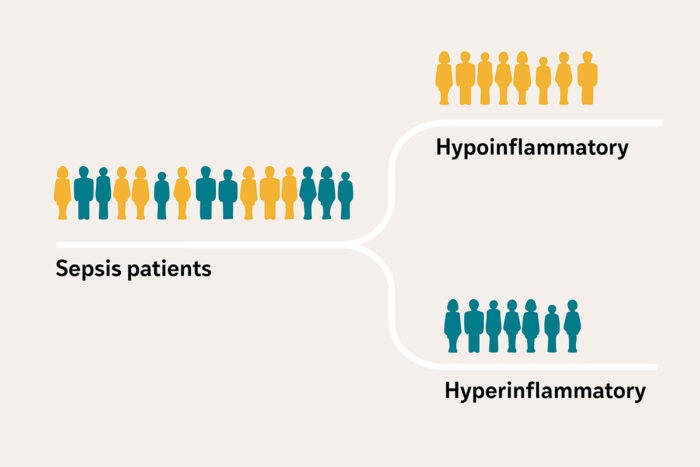Vaginal Bacteria Linked to Cervical Cancer
By LabMedica International staff writers
Posted on 27 Jun 2018
High-risk human papillomavirus (HPV) infection is a well-established risk factor for cervical cancer, but there are likely other factors within the local microenvironment that contribute to cervical carcinogenesis.Posted on 27 Jun 2018
In some women, the vaginal microbiota (VMB) lacks a high proportion of lactobacilli and is dominated by a diverse mixture of anaerobic and microaerophilic bacteria, such as Gardnerella, Atopobium, Prevotella, Sneathia, commonly associated with bacterial vaginosis (BV).

Image: The QuantStudio6 Flex real-time PCR system (Photo courtesy of Thermo Fisher Scientific).
Scientists at the University of Arizona (Phoenix, AZ, USA) recruited "100 premenopausal women" with "low- and high-grade" cervical abnormalities, invasive cervical cancer, and "healthy controls." The latter did not have any cervical abnormalities or cancer and included women with and without HPV. Vaginal swabs and cervicovaginal lavages (CVL) were collected by a clinician.
DNA was extracted from vaginal swabs using PowerSoil DNA Isolation Kit. HPV genotyping was performed on DNA samples extracted from vaginal swabs using the Linear Array HPV Genotyping Tests. Levels of 21 cytokines and chemokines were determined in CVL aliquots using the Milliplex MAP Human Cytokine/Chemokine and Th17 Magnetic Bead Panels. Level of Interleukin-36γ (IL-36γ) was measured in CVL aliquots by enzyme-linked immunosorbent assay using Human IL-36γ ELISA kit. The relative abundance of four Lactobacillus spp. was determined by quantitative real-time PCR analysis, performed on an Applied Biosystems QuantStudio6 Flex Real Time PCR System.
The authors reported that vaginal pH was associated with ethnicity and severity of cervical neoplasm. Lactobacillus dominance decreased with the severity of cervical neoplasm, which correlated with elevated vaginal pH. Hispanic ethnicity was also associated with decreased Lactobacillus dominance. Furthermore, Sneathia was enriched in all precancerous groups, invasive cervical carcinoma (ICC), abnormal pH and Hispanic origin. Notably, IL-36γ was significantly associated with ICC.
The authors concluded that local, host immune and microbial signatures associated with cervical carcinogenesis and provide an initial step to understanding the complex interplay between mucosal inflammation,and HPV persistence and the VMB. The study was published on May 15, 2018, in the journal Scientific Reports.
Related Links:
University of Arizona








 (3) (1).png)




